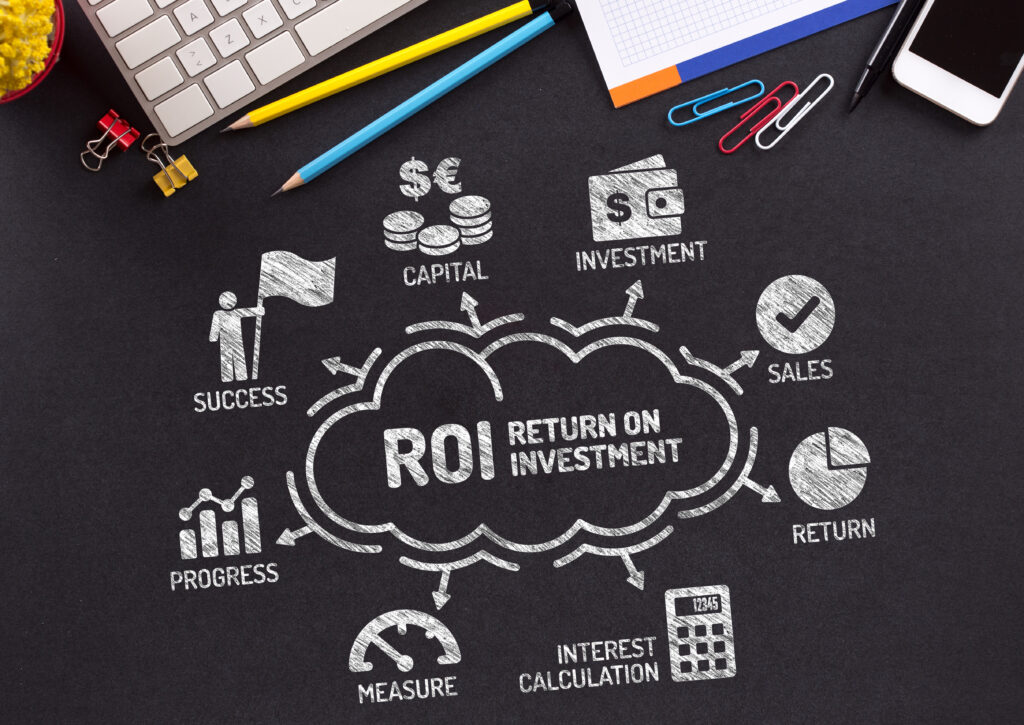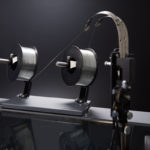You’ve done the research, examined your current application mix, forecast out the new applications and/or gains to productivity and efficiency, and you’ve made the decision that new finishing equipment is right for your shop. Maybe you’ve even determined exactly what pieces(s) of equipment will best fit your unique business needs and talked to local vendors and distributors to get an idea of the costs associated with such an investment.
But whether you’ve already made the purchase, or you’re in the process of planning the investment now, knowing how to calculate your return on investment (ROI) will help you get a much better picture of how long that brand new equipment will take to pay for itself, how it contributes to your bottom line, and ultimately if the purchase was good for the business.
There are a few steps to follow if you want to calculate your true ROI for any piece of equipment in your shop — and you should absolutely do this for both your current lineup, as well as for each piece of new equipment you’re considering investing in.
First, calculate the total cost of ownership (TCO) for your equipment. This includes not only the upfront purchase price, but also the cost of maintaining that equipment, along with any supplies necessary for operation, such as blades for a cutter. Also factor in items such as the cost of replacement parts if something goes down, the cost of the downtime itself to repair or replace anything, as well as the cost of the employees needed to run the equipment. When all these things are combined, you can make a pretty good determination of what the TCO will be for the life of that piece of equipment.
Now that you know that you can use the formula of net profits (NP) for jobs run through that piece of equipment, divided by the TCO, times 100. (NP/TCO*100 = ROI) For example, if you just invested $50,000 on a new piece of finishing equipment, and you’re able to increase your profits to $15,000 for jobs run through that piece of machinery, then the formula would be 15,000/50,000*100 = 30% ROI. This is a useful number to use as a comparison. Now let’s say that same amount of net profit was generated by a piece of equipment that cost $100,000. Now the equation is 15,000/100,000*100 = 15%. If you were comparing the two trying to decide which one is right for your shop, you would go with the one that had the higher ROI percentage. Typically, a good investment is at least a 15% ROI, but the higher the better.
ROI alone is more of measurement tool that is most useful when making comparisons trying to determine the best investments to make for your business. But it not the only measurement you should be using when determining what investments to make in your business. For example:
- If you are looking to add new services to your production mix, and a new piece of machinery will facilitate that, it will be difficult to determine the true net profits for that equipment ahead of time. This is a new business, so you could be under or over-estimating what it will bring in. ROI is a great tool to help you compare options but shouldn’t be solely used to determine if you add new applications to your mix.
- If you are adding new or redundant capacity the ROI might be a bit skewed, since you are looking to spread the load out a bit or want to have a second machine to act as backup if the main equipment goes down. In this case, the net profits running through that equipment might be lower, but the peace from knowing you can always cover jobs no matter what happens is worth a lot more.
- The equipment is more highly automated than your current offerings, which will change the TCO over time. It might mean less man hours are needed to operate, or it might mean more maintenance is needed to keep it running at optimum speed. You can account for some of that when doing initial TCO calculations, but until you have it running in your environment, it can be difficult to fully account for how costs will be impacted. More automation also means higher capacity in most cases, but you need to have the business to fill that capacity — your potential net profits might be much higher, but only you know if you have the customers to fill it.
And these are just a few additional considerations to think about when trying to determine whether to make an investment. There is no denying that ROI is a great tool to help you compare options, both against each other, as well as against your current equipment. It is also useful as a tool to help gauge how fast a given piece of equipment can pay for itself and begin generating pure profit.
ROI is just one tool in your arsenal for evaluating finishing equipment investments. Don’t hesitate to ask potential vendors and distributors to break down the costs for you for things like service, parts, and maintenance to help you make the best possible decision to help you grow your business.

DENISE GUSTAVSON
Guest Blogger
NAPCO Media



